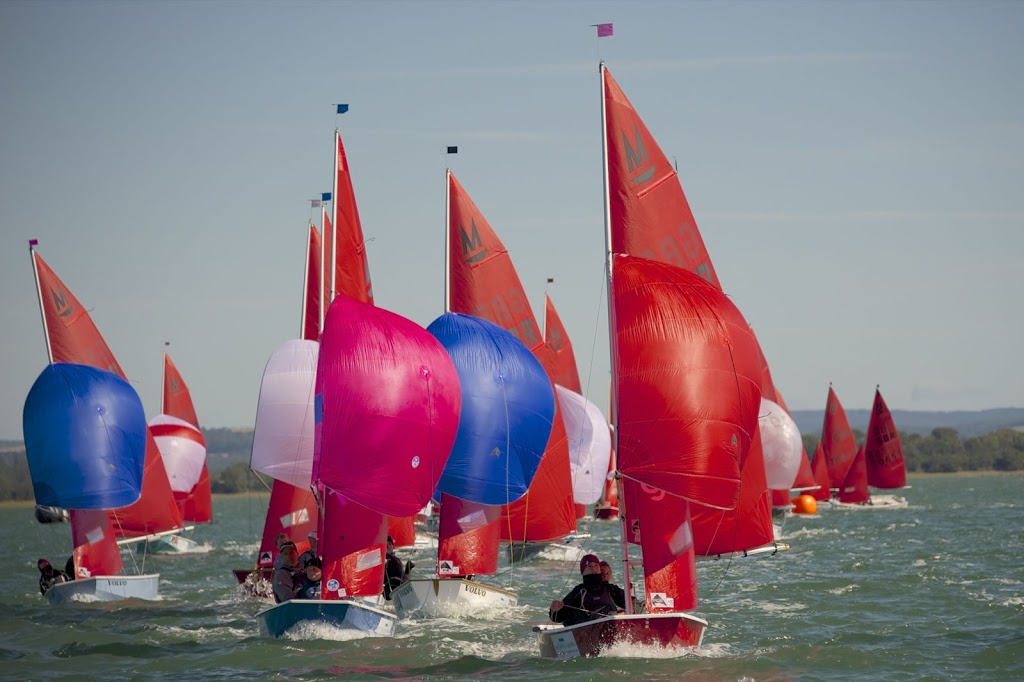This video shows the side deck batten problem. It's pretty common on wooden Mirrors, and normally occurs at the forward end of the side deck where the crew sits. With no load on the deck, the panel pin head is level with the top of the deck, but if load is applied to the deck (such as the crew sitting on it), the head of the pin disappears, leaving a hole. Take off the load, and the head of the panel pin reappears. Needless to say, water can then get into the hole, lifting the surronding varnish and discolouring the ply around the hole.
As background, you need to look at page 14 of the original building instructions and plate 43 (plate 43 shows the foredeck beams, but the side deck beams are fitting in a similar manner - i.e. just glued and pinned to the underside of the deck, not notched or joined into any other beams inside the tank).
Click to expand
The sketches above explain why this problem occurs. I understand that, when the boat was being designed, there was a need to keep things simple so that the average man or woman in the street could build the boat.
From an engineering viewpoint, this method (i.e. just glued and pinned to the underside of the deck) of supporting the sidedeck (and foredeck) is less than ideal.
A better way is to cut the batten up and run it athwartships, across the buoyancy tank, and notched into the stringers (part 21 in original Bell instructions) and the carlins ( part 22 in original Bell instructions) which support the side decks. This has long been the practice in Canada (see the MSD building instructions, page 30 and photo from page 49 shown above), and with top UK professional builders, such as Duffin Marine.
My preference is to cut the side deck batten in half lengthways to create more beams (about 12) with a smaller cross section. I use a cross lap joint to join the end of each beam to the stringer and carlin. The result is a side deck that feels rock solid. This will also solve any adjacent joint cracking problems with the deck.
Sadly to do this you have to take the side decks off, which can be quite tricky. With the decks off, you could also fit a side tank bulkhead to stiffen the daggerboard case.

If you can't face taking the decks off, a possible shorter term solution would be to taper the end of the side tank batten as shown in the sketch above (actually shown in plate 43 but not mentioned in the text). This should (in theory anyway) distibute the tension over a larger area which might be sufficient to delay or even stop the initial breakdown of the glued joint. This approach is similar to the shaping of the ends of floating braces on a acoustic guitar top.


_Building_Instructions/mirror_canadian_building_instructions_page_49_photo_6.jpg)




